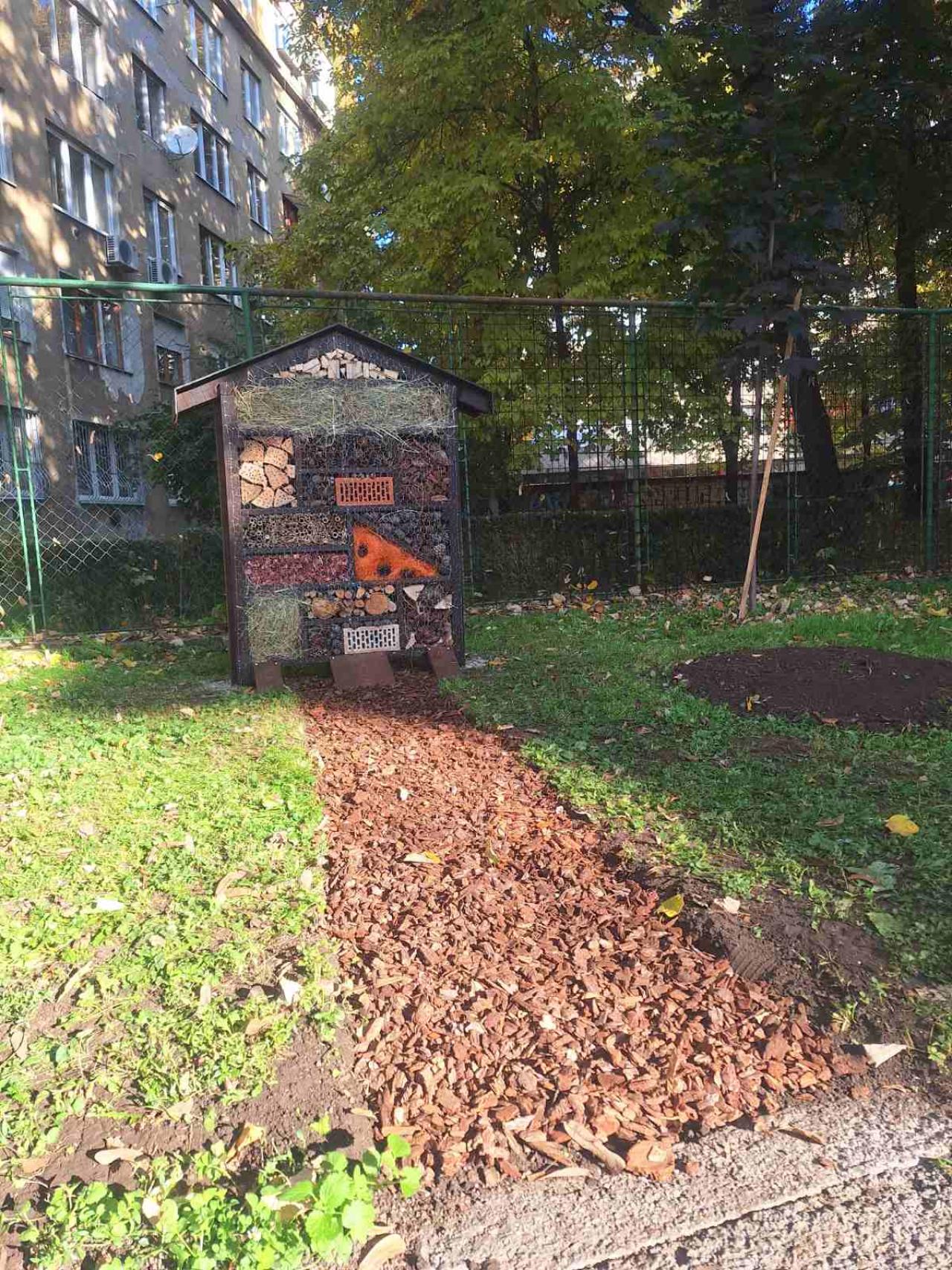In a few sentences, how would you describe your IAP? What is its main focus or goal?
The main focus of the IAP is on the implementation of two pilot actions: Insect Hotels – built from sustainable, locally sourced materials to support pollinator populations and serve as living classrooms for students. Peace Circles – biodiverse green spaces planted with native species that symbolize unity, ecological balance, and community well-being. Through these pilots, Sarajevo aims to: enhance biodiversity in the urban environment, integrate environmental education into school programs, foster ecological awareness among citizens, and demonstrate how small-scale interventions can contribute to long-term urban resilience. The ultimate goal of the IAP is to make Sarajevo a model city of urban biodiversity, where green spaces are not only ecological habitats but also symbols of peace, learning, and collective care for the environment.
What local challenges or needs does your IAP address?
Sarajevo’s IAP addresses the city’s key environmental challenges – loss of pollinator habitats, fragmented green spaces, and limited biodiversity in schools and public areas – by introducing small-scale, nature-based solutions (NbS) that are visible, replicable, and educational. Through insect hotels and Peace Circles, the plan restores pollinator habitats, reintroduces native plants, and transforms underused schoolyards into living green classrooms that promote ecological learning and community care for nature.
What are the most innovative or inspiring elements of your plan?
The most innovative aspect of Sarajevo’s IAP is the combination of biodiversity restoration and peacebuilding through nature-based design. By creating Peace Circles – green spaces symbolizing unity and coexistence – and installing insect hotels made from reclaimed, sustainable materials, the plan merges ecology, education, and culture in a unique way. It is inspiring because these small-scale interventions turn schools and campuses into living laboratories, where students and citizens can directly experience and care for urban biodiversity.
What are the most valuable lessons your city learned during the BiodiverCity project?
Sarajevo learned that even small, well-designed actions can make a visible impact on urban biodiversity and community awareness. The project showed the importance of participation, education, and collaboration between schools, universities, and local authorities. It also highlighted that restoring nature in cities is not only about ecology – it’s about building connections between people and their environment, creating spaces of peace, learning, and shared responsibility.
Can you describe one good practice from your city that others could learn from?
Sarajevo’s “Urban Garden with Sensory Elements”, awarded the URBACT Good Practice Label, is an inclusive green space designed primarily for children with developmental disabilities. The garden integrates sensory experiences – touch, scent, sound, and color – to stimulate interaction with nature and support therapeutic and educational activities. It also brings together the local Center for Healthy Ageing, whose members regularly join children in planting and maintaining the garden, fostering intergenerational connection and social inclusion. This practice shows how even small, community-based green spaces can promote biodiversity, accessibility, and wellbeing for all citizens.
What was your favourite moment or memory from the BiodiverCity project?
Guimaraes
If you could describe the project in three words, what would they be?
Sustainable, NBs, biodiversity in urban area
Any final thoughts or messages for the URBACT and BiodiverCity community?
Thank you for everything we learned so far and we hope to continue our work with URBACT
By Amar Popara


